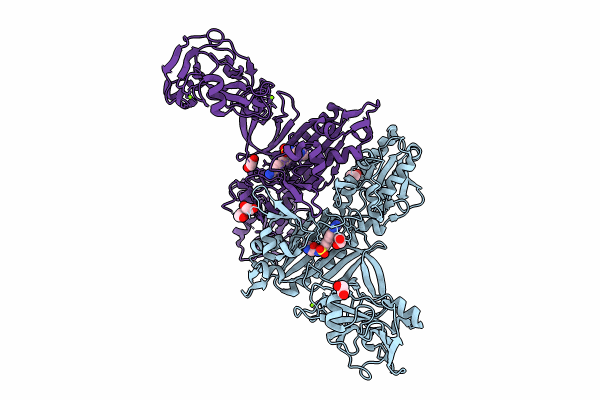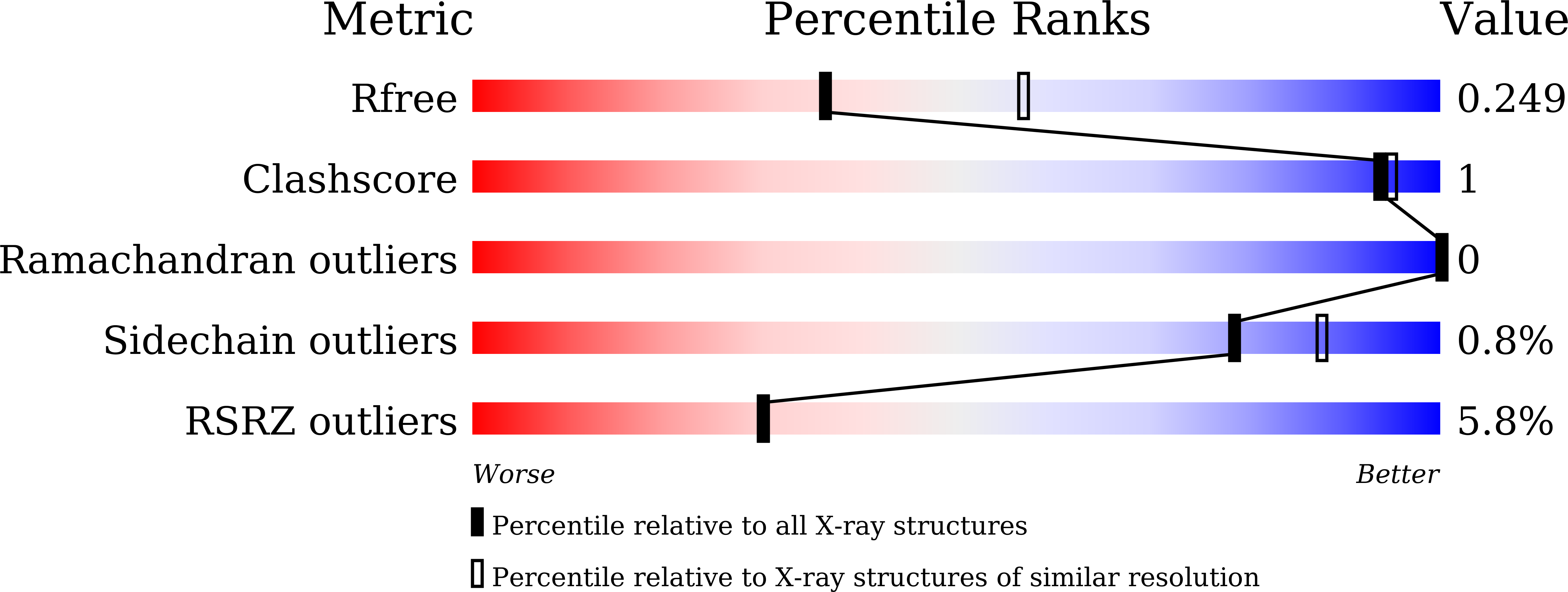
Deposition Date
2023-09-05
Release Date
2024-09-11
Last Version Date
2025-09-17
Entry Detail
PDB ID:
8W9I
Keywords:
Title:
Crystal structure of bacterial prolyl-tRNA synthetase in complex with inhibitor PAA-5
Biological Source:
Source Organism:
Pseudomonas aeruginosa (Taxon ID: 287)
Host Organism:
Method Details:
Experimental Method:
Resolution:
2.45 Å
R-Value Free:
0.24
R-Value Work:
0.21
Space Group:
P 21 21 21


